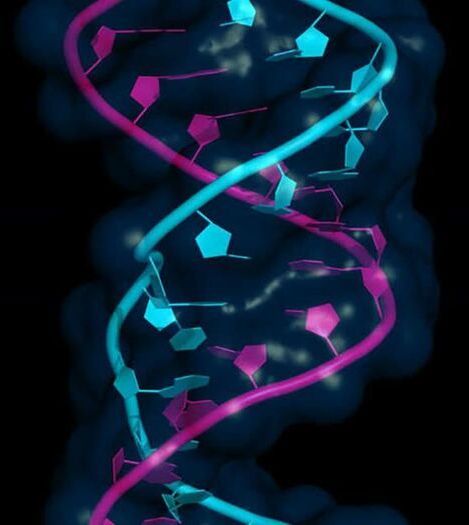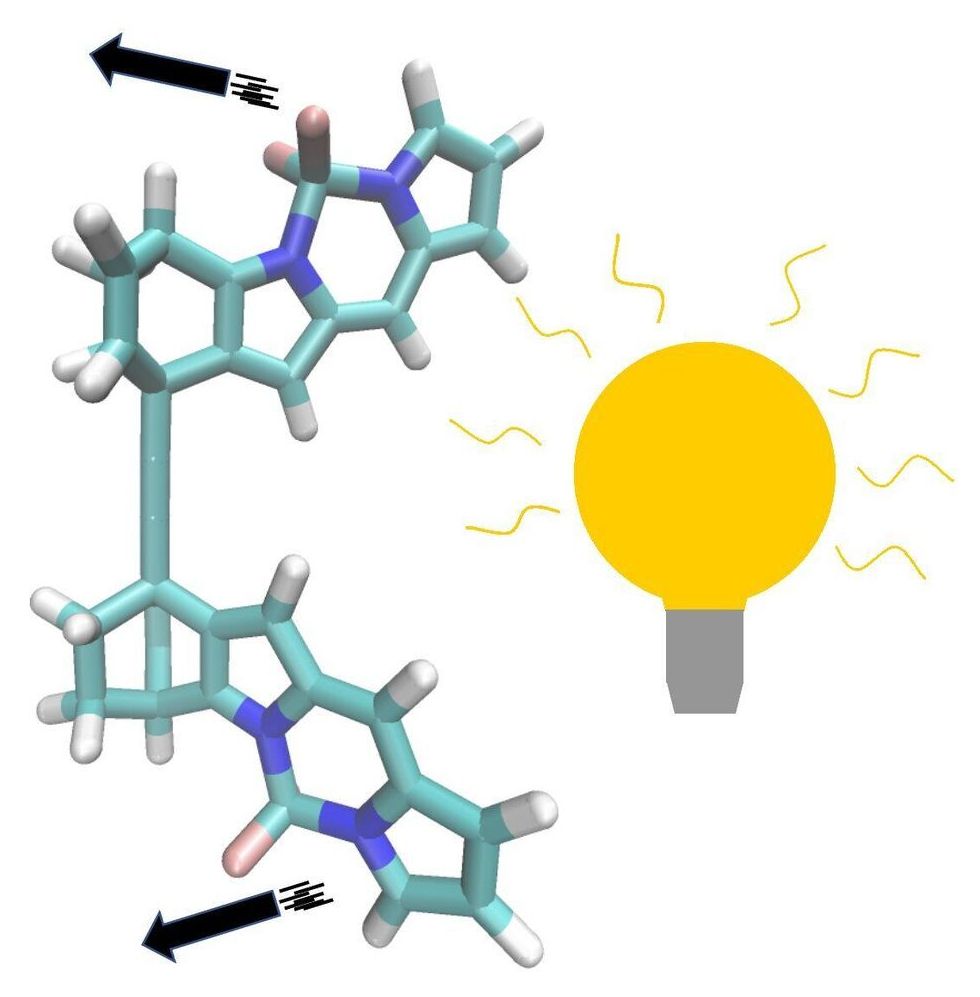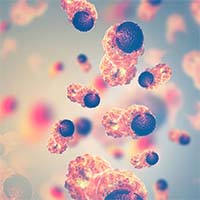Jun 20, 2021
Astronomers Find a Blinking Star Near the Center of the Milky Way
Posted by Genevieve Klien in category: space
In this week’s edition of new unexplained astronomical phenomena, a team of astronomers led by Dr. Leigh Smith from Cambridge found a star 100 times larger than our sun that nearly disappears from the sky every few decades. They also have no idea why it does so.
The star, called VVV-WIT-08, is located 25000 light years away, and decreases in brightness by a factor of 30 rather than disappearing altogether. It’s not the first star to be discovered with this changing brightness pattern, but evidence is beginning to mount that this might just be another example of a new class of stars.
VVV-WIT-08’s name itself is calling out for an explanation. The “WIT” in the middle actually stands for “what is this”, which is what astronomers call stars that are difficult to classify into any particular established category.


















